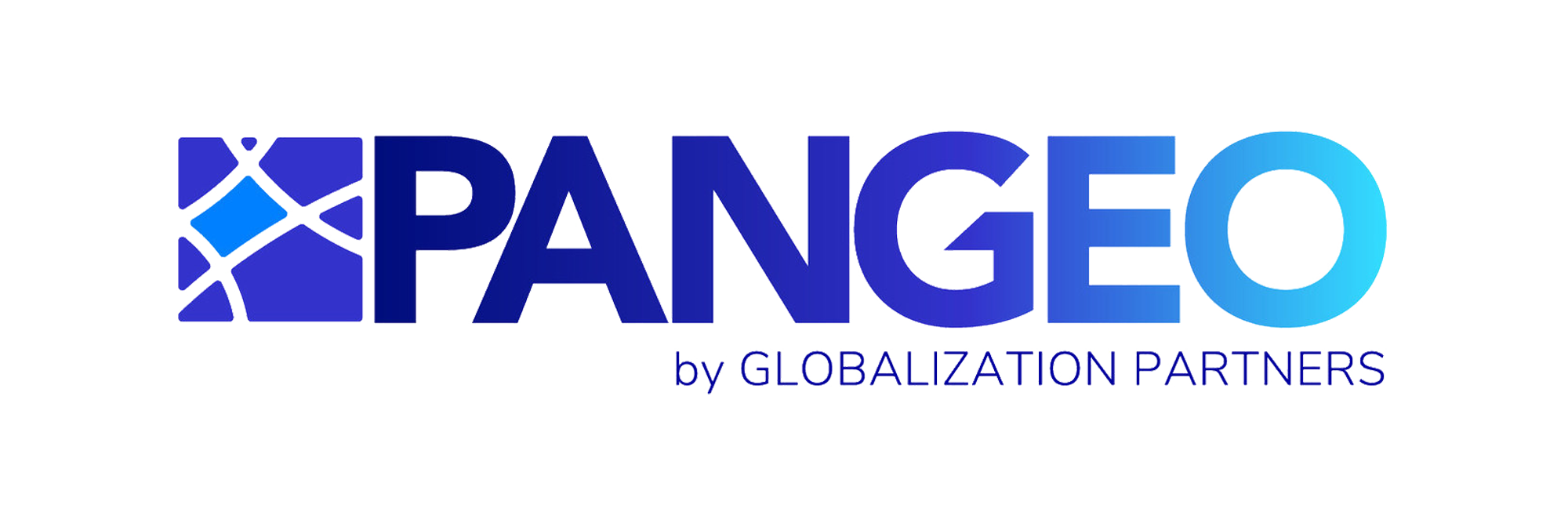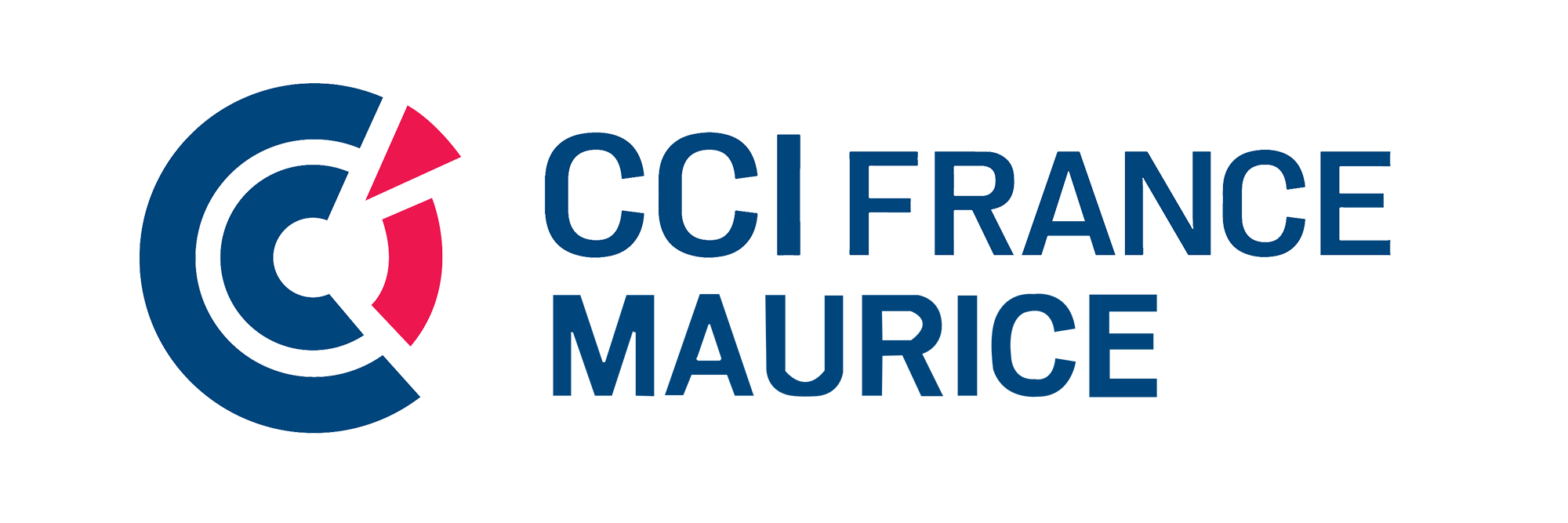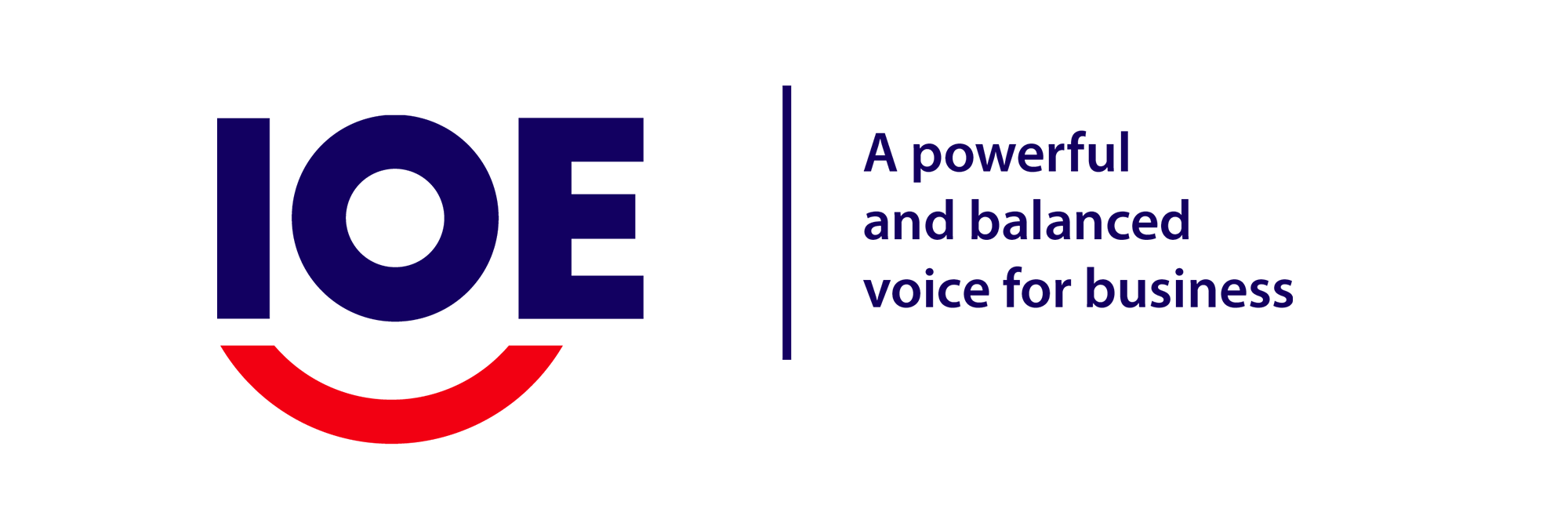In today’s fast-paced business environment, where competitiveness and agility are essential, many companies face a critical challenge: how to manage all internal functions efficiently without increasing costs or slowing growth. The solution lies in outsourcing.
Outsourcing is not just about transferring tasks to an external provider. It is a strategic approach that enables companies to increase efficiency, reduce costs, access specialized skills, and focus on their core business.
This article explores why and how companies should consider outsourcing in 2025, the benefits it offers, and best practices to ensure successful partnerships.
Why Outsourcing Has Become Essential
a) Increasing Operational Complexity
Modern businesses manage a growing number of processes: human resources, accounting, IT, digital marketing, customer service, logistics, and more. Handling all of these functions internally can quickly become inefficient and costly.
High administrative load: Managing operational tasks often consumes valuable time of internal teams.
Risk of errors: The more complex the tasks, the higher the risk of mistakes affecting productivity and quality.
Limited flexibility: Quickly scaling internal resources during peak periods is often challenging.
Outsourcing certain functions allows companies to reduce complexity and focus on strategic priorities.
b) Talent Shortages
The global job market is experiencing a shortage of skilled talent in areas like IT, digital marketing, finance, and engineering. Outsourcing opens access to a global talent pool, often at competitive costs.
Key Benefits of Outsourcing
a) Time Savings and Increased Productivity
By entrusting certain functions to an external provider, internal teams can focus on business development and innovation. Specialized providers are often faster and more efficient due to their expertise and dedicated tools.
Example: A company outsourcing payroll management can save hours every month while minimizing errors.
b) Cost Reduction
Outsourcing allows companies to convert fixed costs into variable costs, adjustable according to business needs. Savings can come from:
Lower wages and social contributions for specific roles,
Reduced infrastructure and training costs,
Less time spent on administrative tasks.
c) Access to Specialized Expertise
Outsourcing to experienced providers allows access to highly specialized skills that would be expensive or difficult to recruit in-house.
Example: Outsourcing software development to a specialized team provides access to the latest technologies without hiring multiple full-time developers.
d) Flexibility and Rapid Adaptation
Providers can adjust resources according to demand: scaling up during peak periods and reducing resources when activity slows. This provides agility that few companies can achieve internally.
Functions Commonly Outsourced
a) Human Resources
Recruitment and onboarding,
Payroll and personnel administration,
Training and skills development.
b) Finance and Accounting
Billing and payment tracking,
Cash flow management,
Financial reporting.
c) IT and Technical Support
Software development,
Application maintenance and support,
Cybersecurity.
d) Marketing and Communications
Social media management,
Content creation and SEO,
Digital advertising and lead generation.
e) Customer Service
Multichannel support (phone, chat, email),
Complaint management,
Customer satisfaction and retention.
f) Logistics and Supply Chain
Inventory and order management,
Transportation and distribution,
Planning and flow optimization.

How to Choose the Right Provider
a) Assess Expertise and Experience
Check the provider’s client references, team experience, and mastery of relevant tools to ensure quality service.
b) Define Clear Objectives
Set performance indicators (KPIs) and service level expectations from the start. This ensures consistent results and accountability.
c) Communication and Monitoring
Regular and transparent communication is key to a successful partnership. Weekly or monthly check-ins, detailed reports, and collaborative tools help maintain a productive working relationship.
d) Flexible Contracts
Choose a provider capable of adapting to your evolving needs, whether that means increasing workload or modifying responsibilities, to maximize efficiency.
Risks and How to Mitigate Them
a) Loss of Control
Outsourcing may feel like losing control. The solution: establish clear processes, precise KPIs, and regular reporting.
b) Variable Quality
Quality can vary by provider. Mitigation strategies include checking references, starting with a pilot project, and defining strict quality standards.
c) Security and Confidentiality
Some functions involve sensitive data. It’s essential to work with providers who follow security protocols, sign non-disclosure agreements, and use secure tools.
d) Cultural and Organizational Differences
Working with external teams, especially internationally, requires adaptation and training to ensure effective collaboration.
Steps to Successful Outsourcing
Identify functions to outsource: focus on repetitive or non-core tasks.
Select a reliable provider: check expertise, references, and certifications.
Define objectives and KPIs: clarify expected outcomes.
Set up regular monitoring: establish checkpoints, reporting, and adjustments.
Evaluate and refine: continuously review results and improve the partnership.
Outsourcing as a Strategic Lever
Beyond cost reduction and time savings, outsourcing enables companies to:
Focus internal teams on core business, stimulating innovation and growth,
Access specialized talent quickly without in-house recruitment,
Increase operational flexibility, especially during peak periods,
Enhance resilience to market fluctuations,
Optimize customer experience, with skilled and specialized providers.
Managing all functions in-house is increasingly costly and inefficient. Outsourcing is a key lever to gain efficiency, access specialized skills, and increase business agility.
By selecting the right provider, defining clear objectives, and following best practices, companies can transform outsourcing into a strategic partnership that delivers measurable ROI while allowing internal teams to focus on what matters most: growth and innovation.
FAQ – Your Outsourcing Questions Answered
1. What is outsourcing and why is it important?
2. Which functions are most commonly outsourced?
3. How can outsourcing increase efficiency?
4. Does outsourcing always involve moving operations overseas?
5. What are the main benefits of outsourcing?
• Cost reduction
• Time savings
• Access to specialized expertise
• Operational flexibility
• Improved focus on core business
6. How do I choose the right outsourcing provider?
7. What risks are associated with outsourcing?
• Loss of control
• Variable quality
• Data security and confidentiality concerns
• Cultural or organizational differences
8. How can risks be minimized?
• Clear contracts and service level agreements (SLAs)
• Pilot projects to test capabilities
• Regular communication and performance monitoring
• Ensuring strong security protocols and compliance













